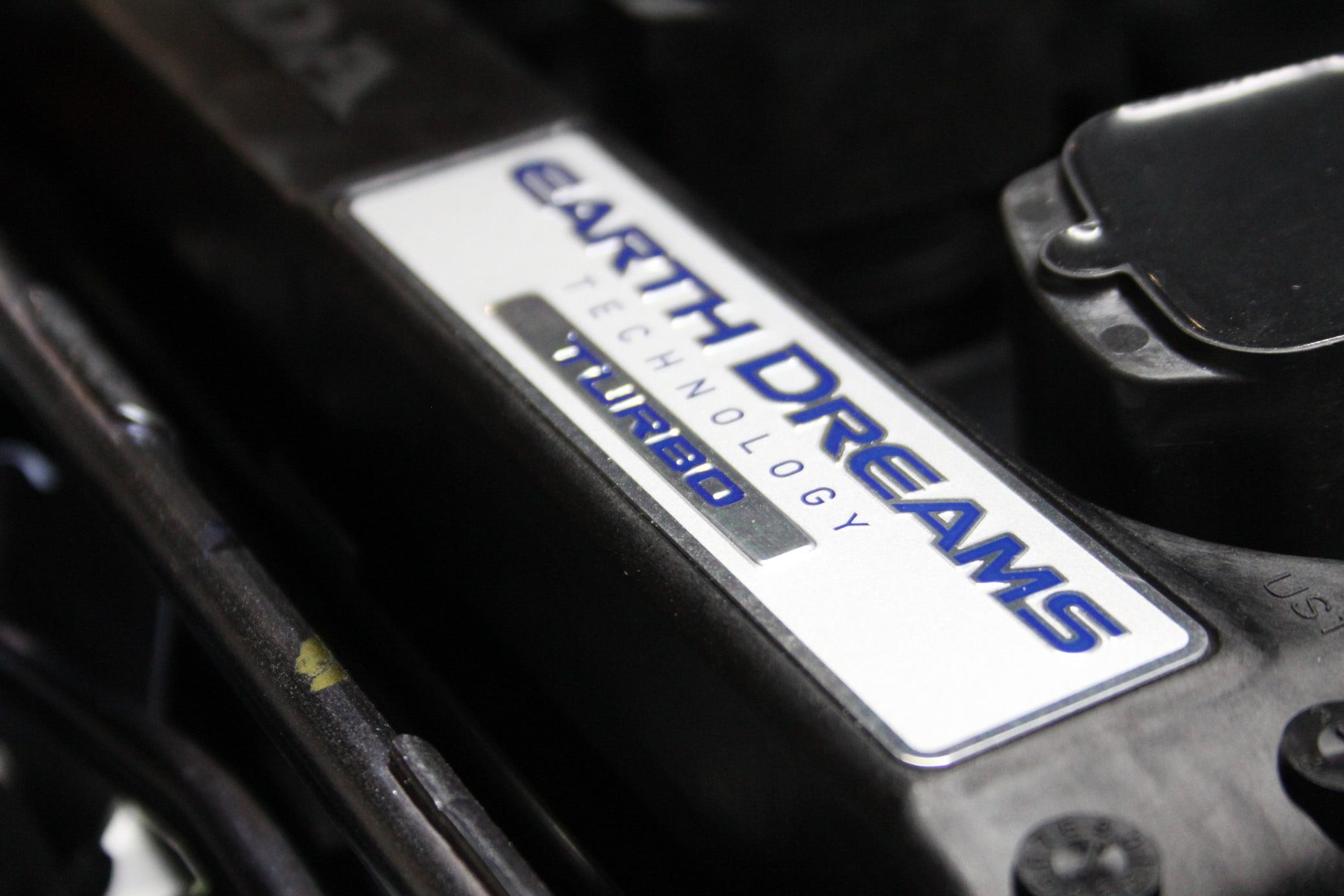
Design and Fabrication - Catch Can R&D, Part 1
We have been searching long and hard to get our hands on the new Honda Civic, and the search is now over! A brand new 2016+ Honda Civic equipped with the 1.5L Turbo engine has finally reached our R&D facility, thanks to a very generous owner. One of our first targeted projects is an oil catch can. There are many benefits to equipping a vehicle with a catch can. Modern fuel injection is accomplished by either port or direct injection, the latter used by this Civic. Let's briefly talk about the differences between the two.
Port vs. Direct Injection
With port injection, the fuel injectors are situated right inside the intake manifold, producing a fuel stream to mix with the air. That air/fuel mixture is shot straight into the combustion chamber through a valve. As the fuel passes through the valve area, much of the debris gets cleaned off - because as we all know, gasoline is an excellent solvent.
Direct injection, however, is the more common approach for new engines. This system places the injector inside the combustion chamber. Here, fuel doesn't reach the valves as it does through port injection, so the valves don't get cleaned, which leads to valve deposits. You would think that on a brand new car such as this Civic, valve deposits won't be an issue, but this debris can accumulate rapidly. The main culprits are the oil and fuel vapors that get vented into the intake via positive crankcase ventilation and crankcase ventilation valves - the PCV and CCV systems. For emissions reasons, these vapors get routed back into the intake, but that is not where those vapors should end up, as they hinder performance and cause buildup. Catch cans reduce the amount of oil your intake tract sees, and it's beneficial to do this at an earlier stage in the engine's life as it helps keep your valves clean longer down the road. If this has further intrigued your curiosity about blow-by, we have a very in-depth and explanatory article about the subject I think you should check out.
Stock System
Now we can dive right into the development of our Civic catch can. Below are some shots of the overall system we intend will use to model our catch can. The stock hoses have been removed and the exposed ports are circled in red.

Stock 2016 Honda Civic Parts

Stock 2016 Honda Civic Parts

Stock 2016 Honda Civic Parts
If you look closely at the above images you can see the two ports without hoses attached; we will use these ports we will use for our catch can. The unattached port on the right is the PCV tube. Check out a few more images below.

PCV valve located behind engine block
That yellow object behind the block is the actual PCV valve. A majority of cars have this assembly located inside one of the ventilation hoses.
Fabrication and Design
Now that we have located our hose connection points for this Civic catch can, which was the hard part, it's time to begin fabricating a bracket. Our engineers have an awesome tool called a waterjet that uses high-pressure water and an abrasive material to cut almost anything imaginable that they want to design, aided by a computer program. This piece will be made out of steel.

Waterjet fabricated Civic catch can bracket

Final prototype of Civic catch can bracket
After some cleaning and bending, this bracket is ready to go! We will be using our dual-port baffled catch can with a maximum capacity of two ounces. Our catch can was designed to trap practically all of the blow-by produced that would make its way back to the intake. These cans have internal air diverters to help direct airflow as well as a 50 micron bronze filter to prevent any thing escaping back into the intake. Check it out below!

Catch can we will use for 2016 Honda Civic parts
What's Next?
We still need to design hoses that will route oil byproduct from the engine to the catch can. Stay tuned for the next update; it will be very soon!
Thanks for reading.
-Diamaan




